
Access:Leave the M5 at J22 and follow signs for Burnham. At Esso garage turn right and just keep going for about 5 miles. Brean Down is at the very end of the coast road. Plenty of parking is available during daytime but both car parks are locked at night. Access to the Down is by climbing the long flight of steps and turning left towards the fort. Access the water by following the small paths which lead down on the north (Weston) side. Some of these paths lead to very steep access points so extreme care is needed although access at the far end just before the fort is slightly easier.
Tides:Can be fished any tide both high and low water
Species:Cod, bass, conger and ray
]]>
Access:Once in Weston just follow the signs for the sea front. Pay and display parking is available all along the front. The road is closed at 9pm each night but provided you have parked before 9pm you can still get out. Best fishing area is between the Grand pier (or the remains of as now is!) and the southern beach access point.
Tides:Fish 2.5 hours in and 1 hour back on any tide but medium springs generally more productive.
Species:Good for flounders and eels but codling bass and conger can also show
]]>Location: Aust Bank just up river from the old
Severn Bridge.
Tide states: Fishing on the ebbing tide only as tide comes in on Beachly side and you just end up with an eddy current on the bank. when the tide ebbs the current is on the Aust side.
Tide ref: Beachley
Tide Sizes: Can be fished on any size tide but tides below 8.9m you can stay on the bank.
Access: Bank is reached by walking from the old Ferry Slipway under the Bridge. There is a spit of gravel you can walk out on. Wear waders if you want to wade over before the masses hit the bank in their wellies. It’s about a 30 minute walk.
EG: Spring tide – Arrive 3-4 hrs before low tide to get on mark.
Neap tide: Arrive 1 ½ hrs at car park before high tide to get on mark and fish it down.
WARNING: The incoming tide can cover the spit before the bank is covered. So keep an eye out.
Tackle and Methods: As a Cod mark you can fish it from Sept onwards. Pulley rigs with 5oz grip leads. Casting out into 60-70 foot of water. Single rod.
Ground: Pebbles so the bait gets destroyed.
Bait: Rag and Lug squid wraps.
Ferry slipway
This can be fished at neap tides. This is a low tide mark. If the tide is very small you can stay on the concrete part of the slipway for high tide. There is a walk over mud till you get to the concrete part.
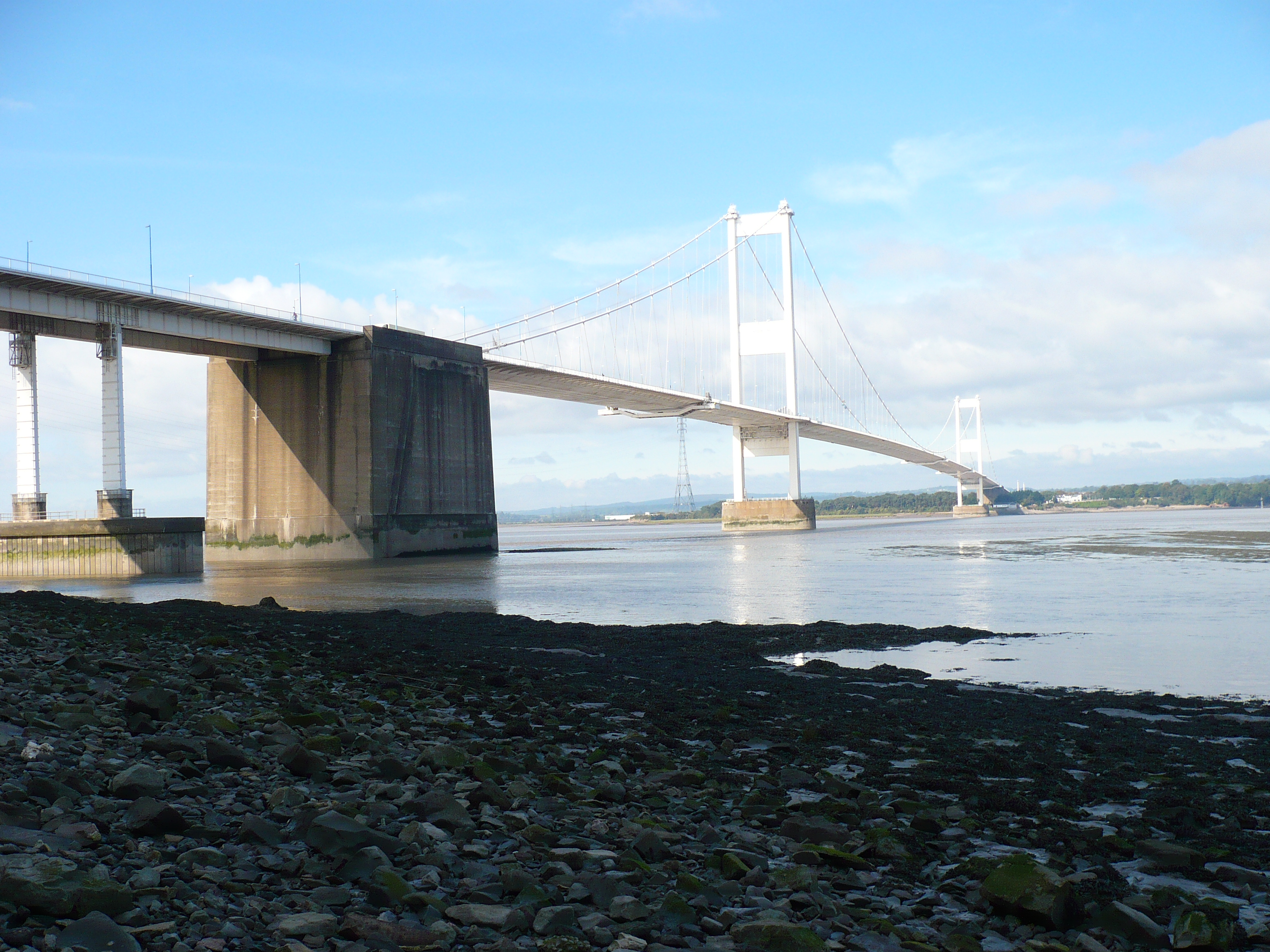
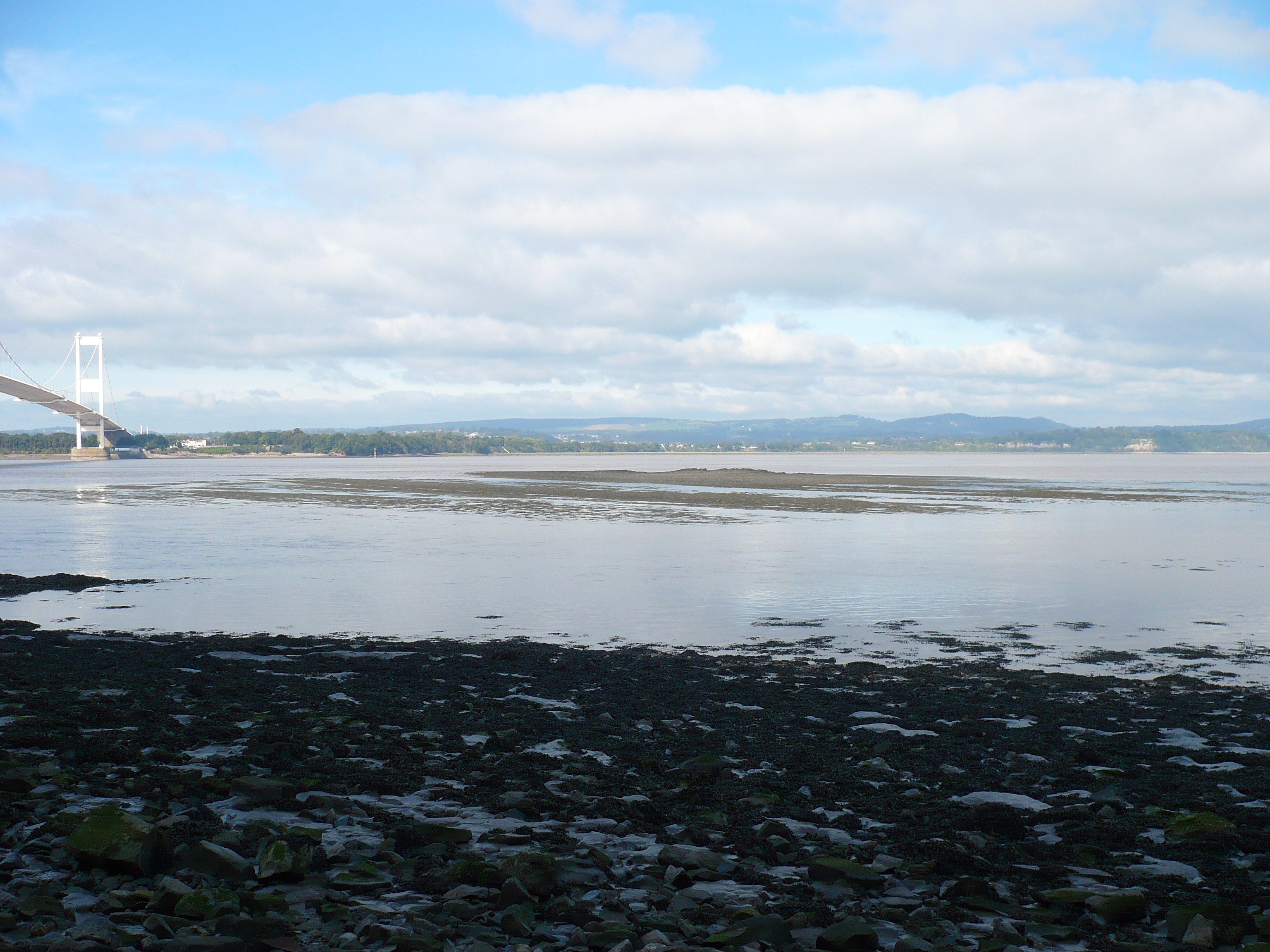
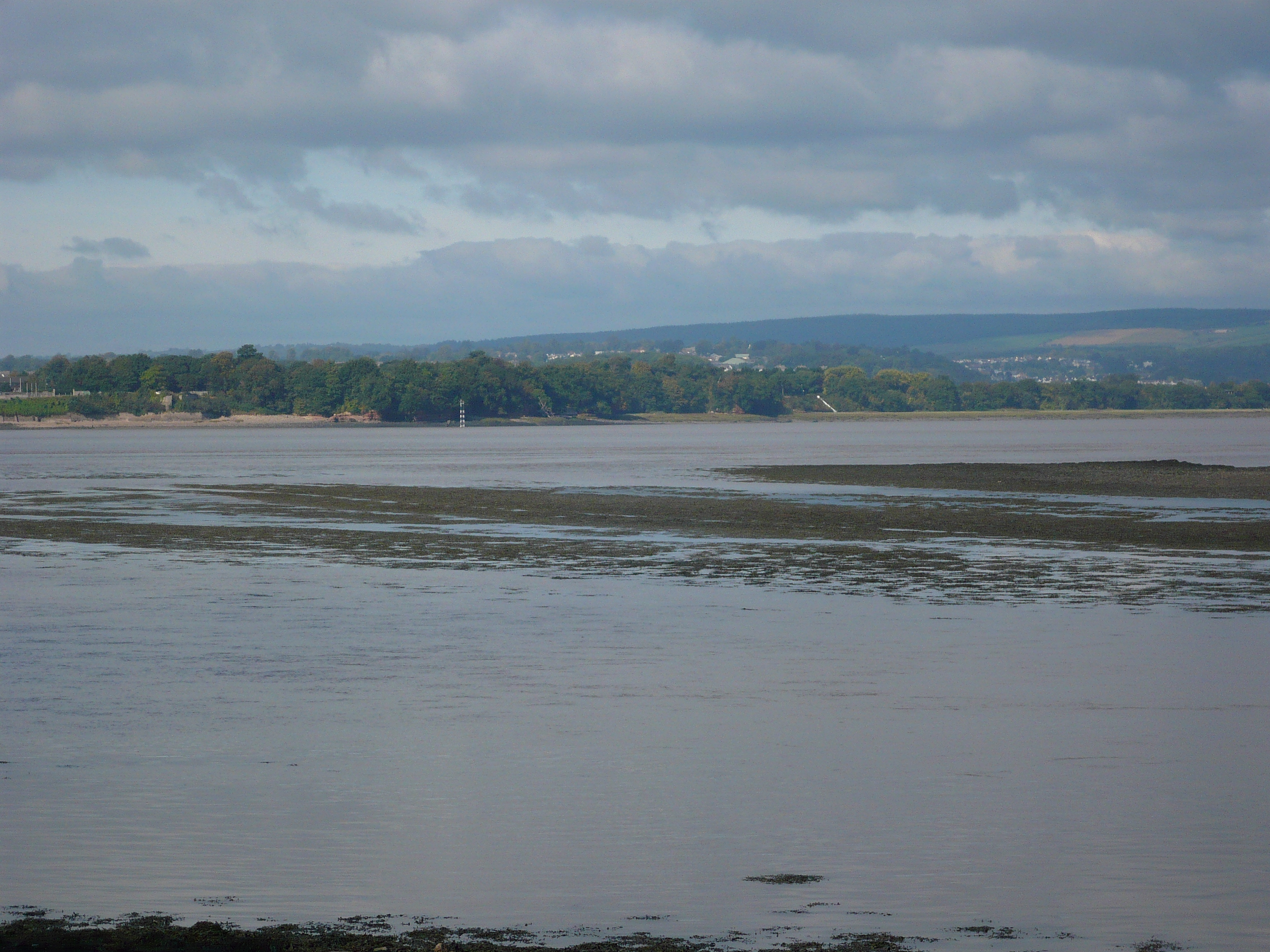
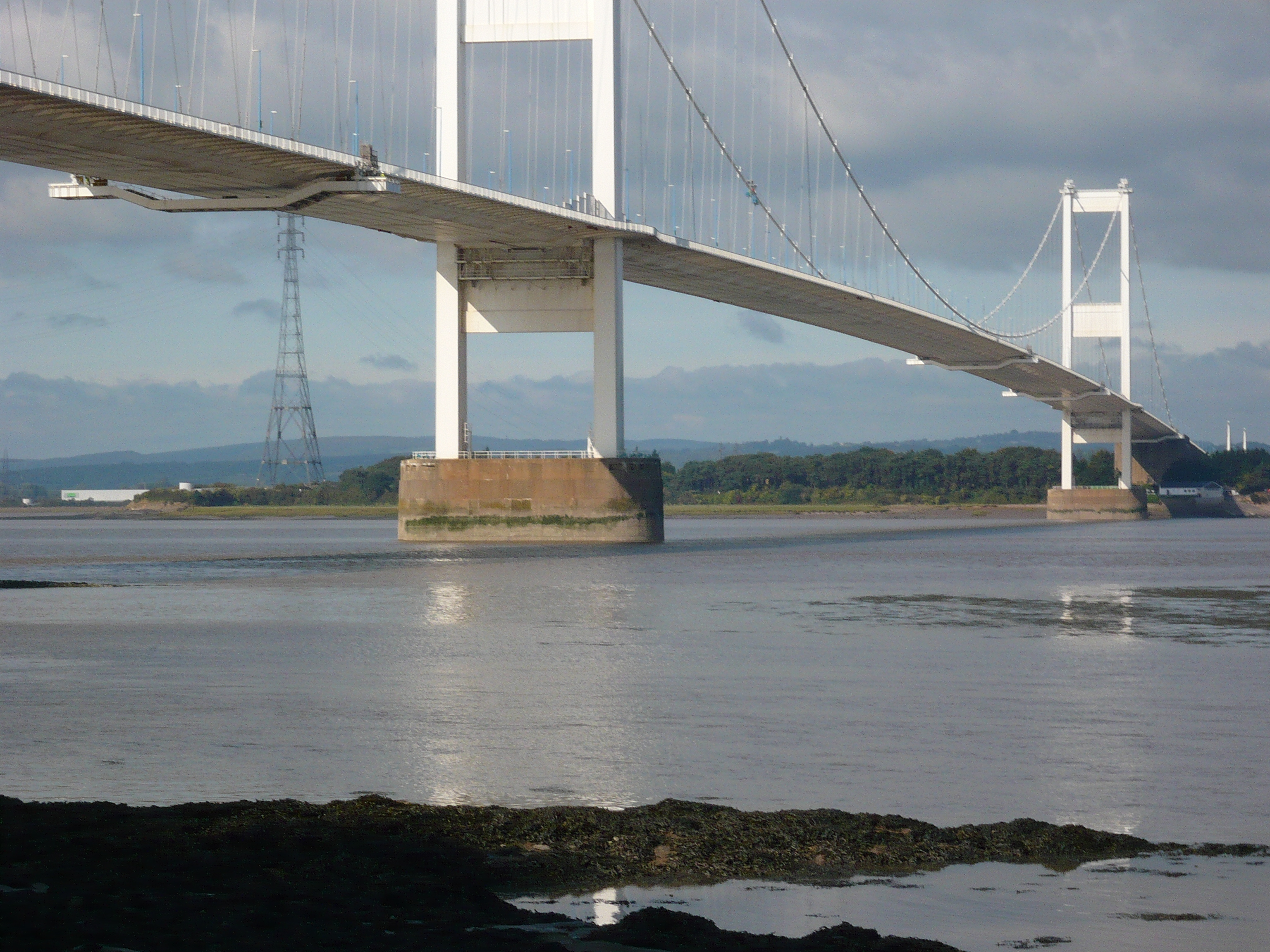
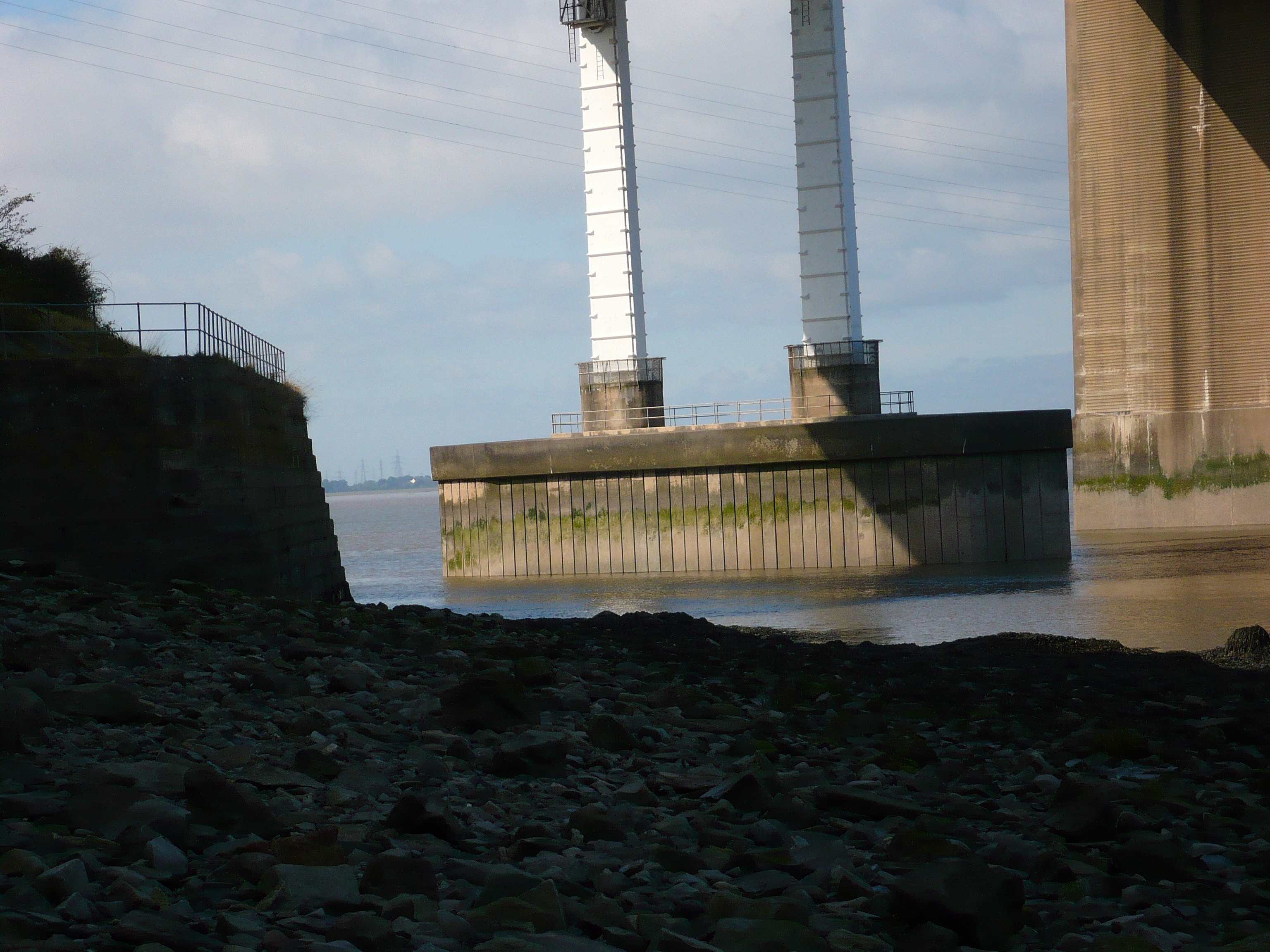
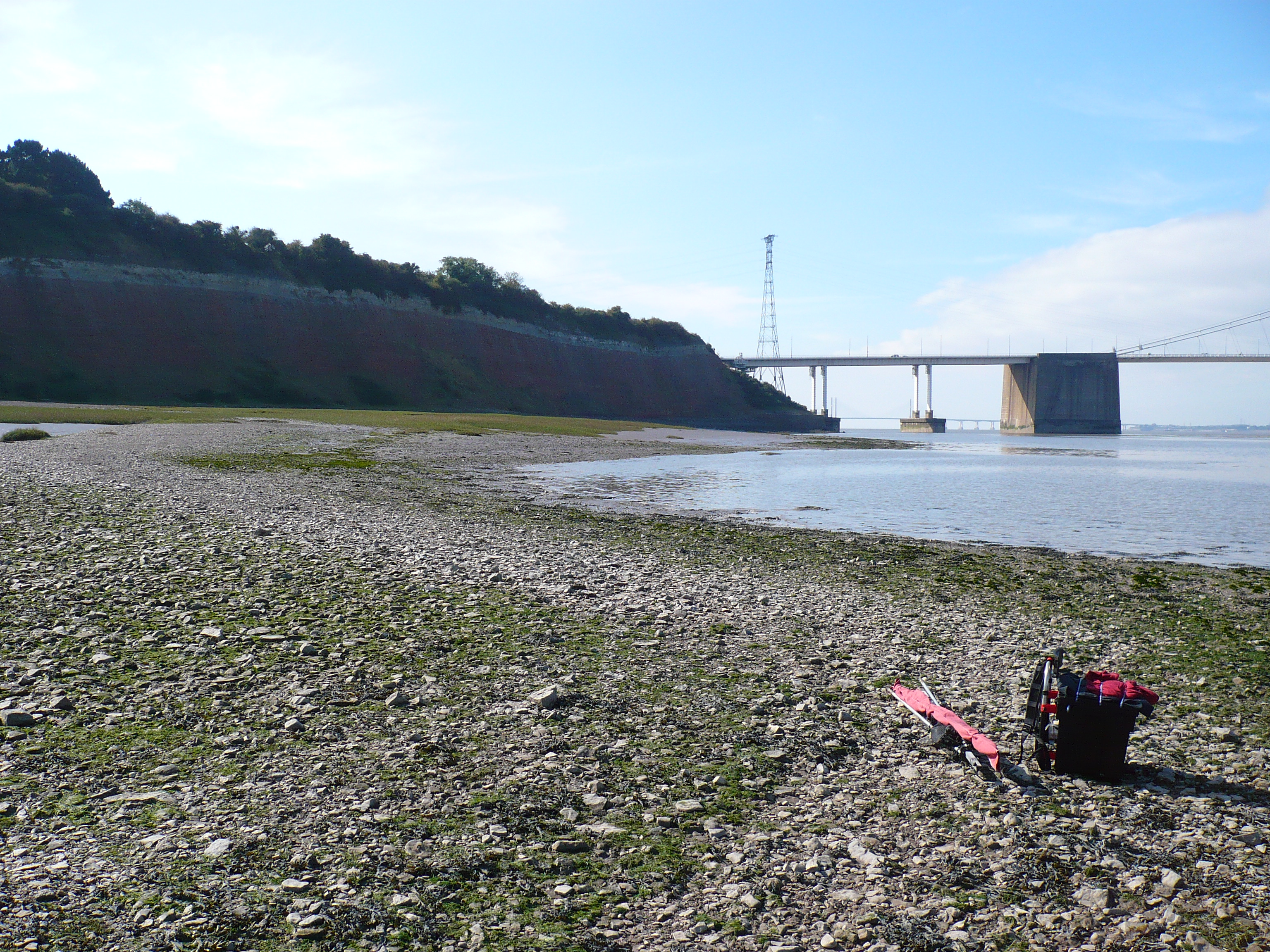
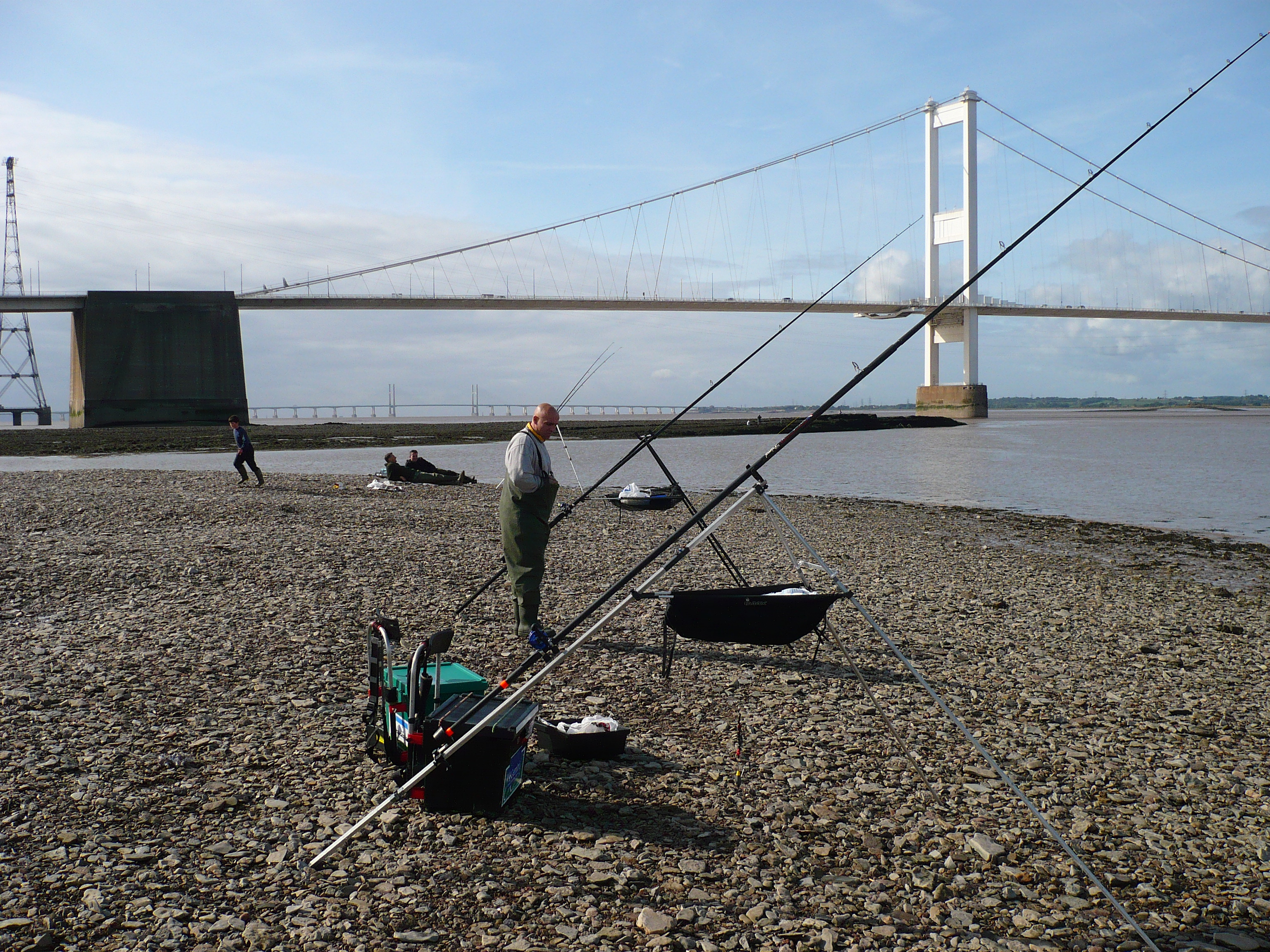
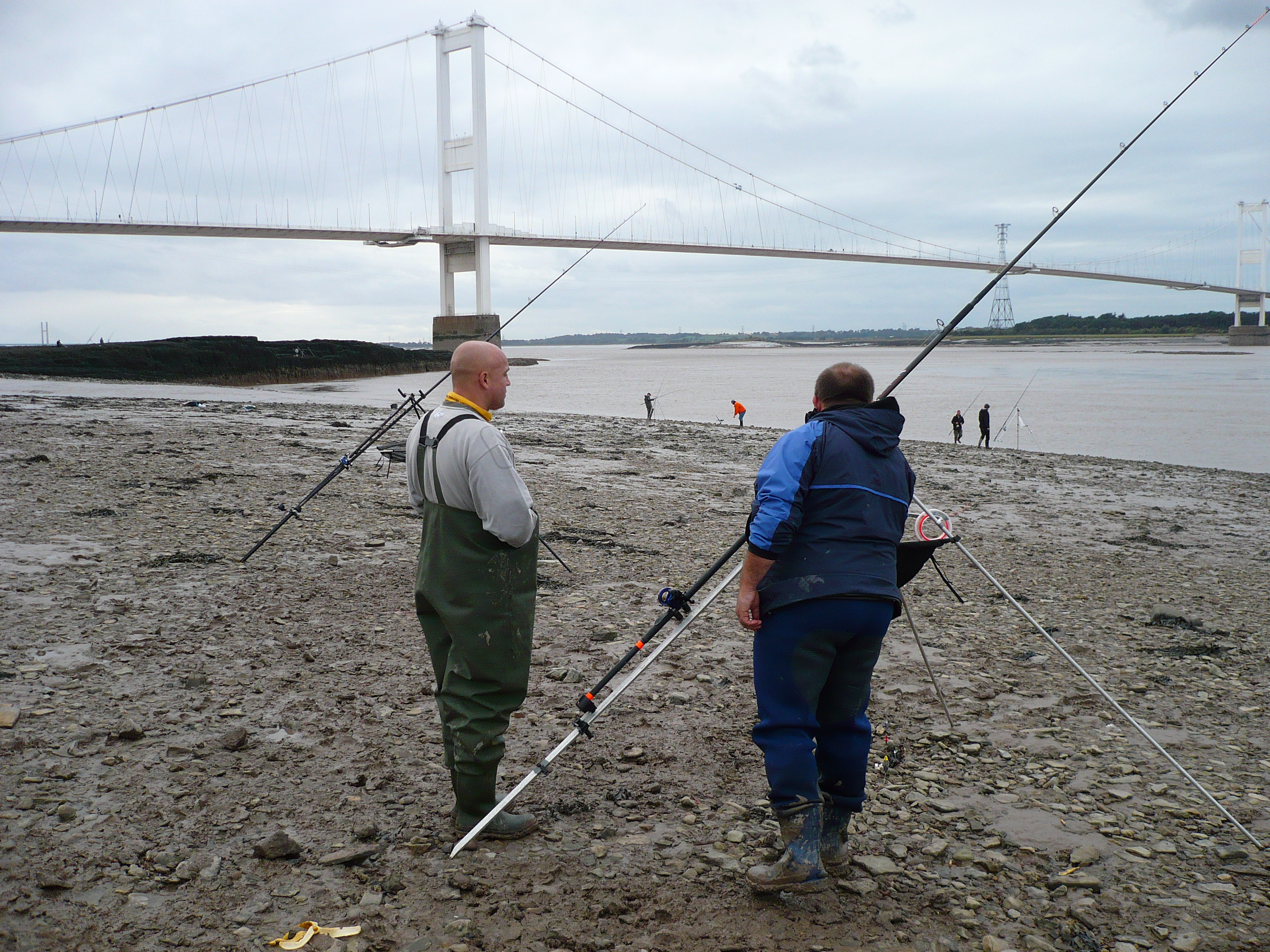
Bigbury Bay, South Devon



Bigbury bay is a huge bay which consists of many beaches and rock marks, and is located just 10 miles to the east of Plymouth.
The rock marks in this area are fished on a regular basis by local and travelling anglers, but the beaches are fished much less. This is not because of a lack of fish or poor fishing, but because of the unknown! Most anglers stick to what they know best…
The main target species in this area are big bass and small eyed ray. Many other species can and will be caught, but as winter draws close and the water temperature starts to drop, these are the areas where you might just pull your personal best of the above two species!
Warning – Parking can be found easily near all the marks in the form of beach car parks, but roads to and from these areas are narrow and winding! During holiday season there will be increased traffic, the water will be full with bathers, and big channel swells will attract surfers from all over the South West! Fishing will be best if you stick to early mornings, evenings or overnight!
1. Bantham
Upon arriving at Bantham you will find the dead end road leads into a small beach car park. A short walk from the car park through the sand dunes will bring you on to one of the most beautiful beaches south Devon has to offer! This is bass territory and is a local hot spot. The river Avon winds its way up the west side of the beach and empties into sea creating eddies and rip tides making it the perfect territory for bass to ambush their prey!
Live sand eel fished on a running ledger flicked out amongst the surf and tide will be your best chance of a bigger fish, whilst lug worm fished hard on the bottom using a 2 or 3 hook paternoster will provide all the schoolie fun you require!
2. Bigbury
When you arrive at Bigbury you will immediately notice an island which divides the beach in two. On the east side of the island you will find the river Avon and Bigbury main beach.
Bigbury beach follows the same characteristics as Bantham but during the late autumn/winter season change over many big bass fall to large fish baits in this area.
Fish big peeler crab baits in the mouth of the river on the flood tide and on the main beach overnight, use whole squid mounted on a pennel rig or a mackerel head mounted on a large single hook for the big beauties!
3. Bigbury Corner
To the west side of the island at Bigbury you will find a second beach which forms a small corner. As the tide floods this beach will be cut off so the only time it can be fished is from low to mid tide. On south west or west blows the beach will pick up a decent swell and the water will go discoloured – this is the time to strike! Frozen or live eel will catch reasonable size bass and ray whilst multi hook lug worm baited rigs will catch many school bass!
4. Challaborough
Moving west down through Bigbury bay the next beach that you come to is Challaborough. Challaborough is a steep shingle beach and ample parking can be found right on the sea front. Rock marks which can be fished border the east and west flanks of the beach, but beware in heavy seas! Both the rocks and the beach its self are not noted for producing many fish but what they do tend to produce is decent fish! Frozen sand eel mounted on a pennel rig is the best tactic to adopt for the ray whilst, lug worm, peeler crab, or live eel may produce a decent bass when there’s a surf running!
5. Mothercombe – the mouth of the river Erme
Mothercombe is a famous area – used as the set for many films, but its fishing is less famous. Small narrow roads often blocked by tractors probably put off many anglers from fishing this area and let some of the best fishing go undisturbed!
A small sand bar at the mouth of the river is the ideal haunt for bass! On light days with clear water huge shoals of small to medium fish can be seen driving sand eels over the bar and up the river! Spinning, fishing light leads and trotting sand eel in the tide, or fly fishing are the best tactics for the bass! Chest waders will give you a distinct advantage and allow you to target further! The river also attracts huge mullet, so if this tickles your fancy, put on your Polaroid’s and have a quick walk – it won’t be long before you locate them!
6. Mothercombe main beach
And last but not least is Mothercombe beach! This is a private beach and is closed to the Public during day light hours, for 5 days a week during the summer months (exact days and times can be found by contacting the Fleet estate at Modbury). A small mud path leads down to the beach and once there you will find a picturesque little beach with a finger of rock on its eastern flank and a huge rock mark to the western flank! On the western rocks you will find a platform known to locals as the rope – because you need a rope to access and get down to it! The rope produces every species that can be caught in the south west but is also a famous small eyed ray mark! Adopt the usual tactics for the everyday species such as wrasse, mackerel, Pollack etc but fish pennel rigged frozen sand eel for the ray!
To fish the beach, first wait for big spring tides and a good blow to push weed up the beach. 2 weeks later when the weed is starting to rot and when the next big tides reach that far up the beach, that’s when it will fish! Fish live worm, peeler crab or sand eel baits at last or first light and hopefully you’ll catch a few bass!
]]>Blackstone Point, South Devon
SPECIES:Mainly summer and autumn rock dwellers including ballan wrasse, conger, bull huss and pollack, but also a few small-eyed ray off the cleaner sand at long rnage, plus mackerel and garfish.
BAITS:The rays take frozen or fresh sandeel, as will the huss, but both the huss and conger take mackerel and squid cocktails more consistently. Fish rag, lug, or better still crab baits for the wrasse. The pollack, mackerel and gars all take fish strips under flat gear, otherwise try spinners and Redgills.
TACKLE & TACTICS:The bulk of the snags are found relatively close inshore with a good cast putting you out on to clean sand. There are several rock stations to fish, all giving in to a fair depth of water. It fishes well throughout the range of tides, but can be especially good fishing either side of high water during a spring tide at night.
Although this area is well protected from northern quarter winds, there are often big swells running up the rocks here, especially after a southerly wind has lifted the sea. The rocks are backed by a slippery grass bank, so care is needed in wet weather.
A spinning rod and 12lb line is perfect for a roaming session after the mackerel, gars and pollack and can also be used to float fish tight in amongst the rocks. For the wrasse a 2-4oz bass rod and 20lb line is required as some of the wrasse can touch 5lbs plus. Longer range is needed for the rays, huss and conger with a 5-6oz beachcaster and 7000 sized reel with 20 to 25lb line and 60lb shock leader being the best combination.
For the wrasse a simple mono paternoster with a 35lb hook link and size 2/0 to 4/0 Viking pattern hook is good with a weak link system to the lead. The huss and conger are best targeted with a pulley rig made from 60lb mono and a single size 6/0 Viking hook. For the rays, again a clipped down pulley rig works well, but drop the hook size to a single 3/0.
LOCATION :Off the A379 at Yealmptom take the B3186. When you come to Bridgend going up the hill signposted for Noss Mayo. At the crossroads turn right heading for a National Trust car park. Follow the coastal path with the mark located on the right hand side
]]>
Blue anchor
Spot:Blue Anchor
Access:From Watchet follow the coast road westwards and it will bring you onto Blue Anchor sea wall where you can fish from the car boot if you wish. Parking is available along most of the wall but do not block the pavement or you may find your fishing interrupted by a visit from the police. The wall itself others easy fishing for 2 ½ hours either side of high tide or you can fish from the shingle beach past the café. A walk to the stakes between here and Dunster can be rewarded with good bags of codling in the autumn
Tides:Can be fished on all sizes of tides but small neaps are generally not very good.
Species:Codling, dogfish, conger, pouting, whiting, bass and occasional thornbacks.
]]>Bossington
Spot:Bossington
Access:Take the A39 from Minehead towards Porlock. Look out for a sharp left hand bend on which there is a right turn marked Allerford. Turn right here and follow the lane through the village and carry on to Bossington village. If you keep going through the village the road becomes a rough track which leads to the beach. THIS TRACK IS VERY NARROW AND POTHOLED. IF YOU LOVE YOUR CAR BE WARNED IT MAY NOT LIKE IT! There is a car park in the village and the beach is about a 10 min walk from here. The beach is a very steep shingle bank and can be fished at any state of tide but the area in front of the car park is very snaggy at low water and best fished over high tide. This is the furthest up channel that you can find clear water so it does allow the chance to fish for different species. The clear water also means that bottom fishing is often best at night.
Tides:All tides are fishable but the flood tide on big springs is very strong.
Species:Any fish in the channel is possible here but the most common catches are dogfish, conger, codling, pollack, pouting, smoothhound, rockling, bass and in the summer some mackerel and garfish.
]]>Access:Follow the same directions as for Brean Down and look out for the beach access points. The access to Berrow is opposite Unity Farm and the entrance to Brean beach is about 1 mile before the Down. Parking is available on the beach during the daytime (Normally free during the winter) but once again the car parks are locked at night greatly restricting access. Despite their shallow apperance these beaches can fish very well but you are always on the move as the tide pushes you up the beach DO NOT walk to far out on the mud as it is very soft in places.
Tides:Fish 3 hours in and 1 hour down. Springs are generally best and an old local guide was the bigger the tide the near to the down you should fish.
Species:Cod, whiting, bass, conger, flounders and ray
]]>Burnham Lower Light

Spot:Burnham Lower Light
Access:Leave M5 at J22 and head into Burnham. Follow coast road as for Brean Down but after approx. ½ mile turn left into Allandale Road. Parking is on the roadside but take care not to block any entrances. Fish anywhere along the beach but do not go too far past the lighthouse as the mud can be very soft and there are some deep gullies which at times fill with soft mud making them impossible to see until you start to sink!
Tides:Best fished on neap tides from just after low water until high tide.
Species:Cod, codling, conger, whiting, flounders and occasional rays and bass in summer.
Spot:Burnham Lower Light
Access:Leave M5 at J22 and head into Burnham. Follow coast road as for Brean Down but after approx. ½ mile turn left into Allandale Road. Parking is on the roadside but take care not to block any entrances. Fish anywhere along the beach but do not go too far past the lighthouse as the mud can be very soft and there are some deep gullies which at times fill with soft mud making them impossible to see until you start to sink!
Tides:Best fished on neap tides from just after low water until high tide.
Species:Cod, codling, conger, whiting, flounders and occasional rays and bass in summer.
]]>